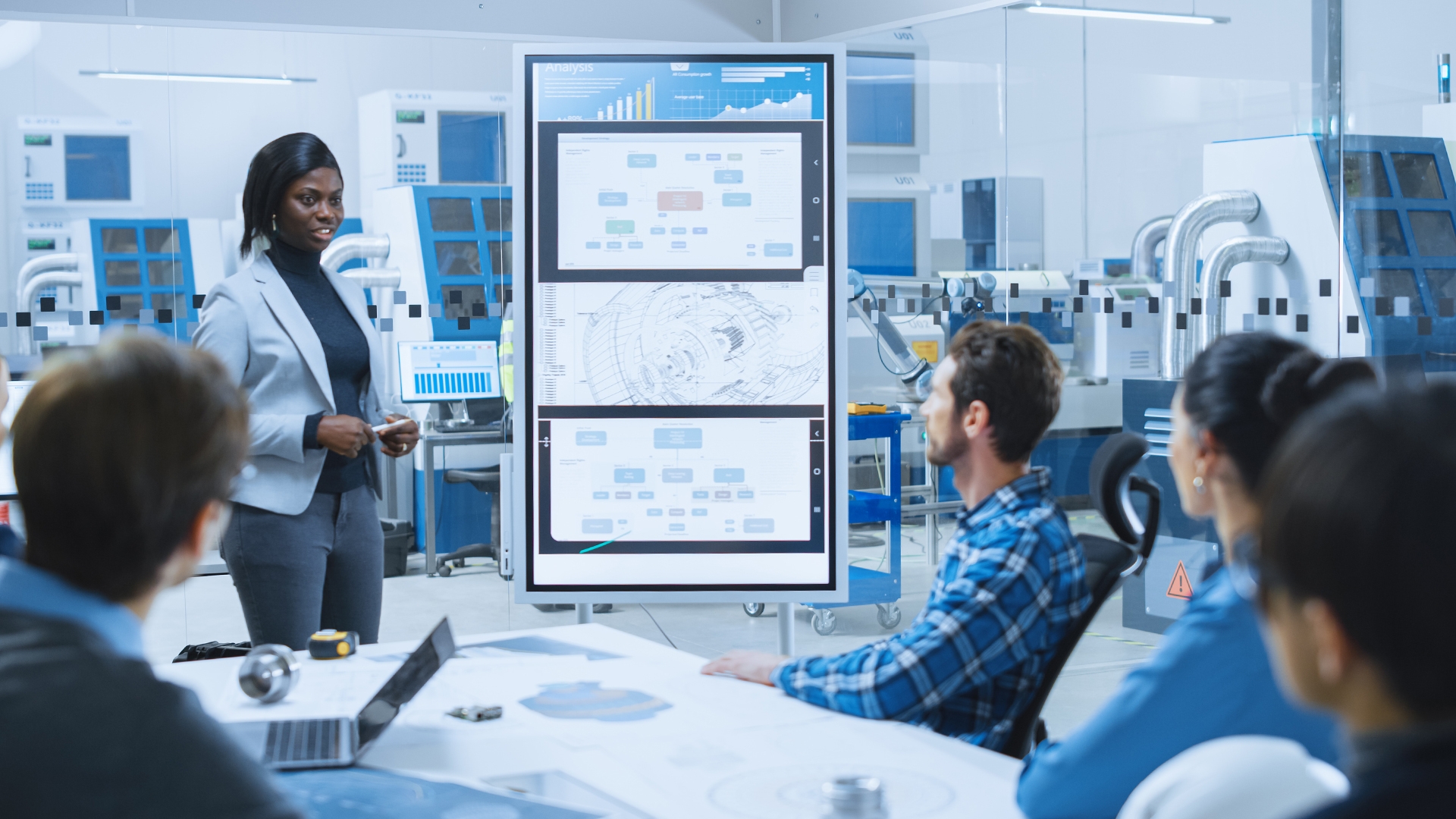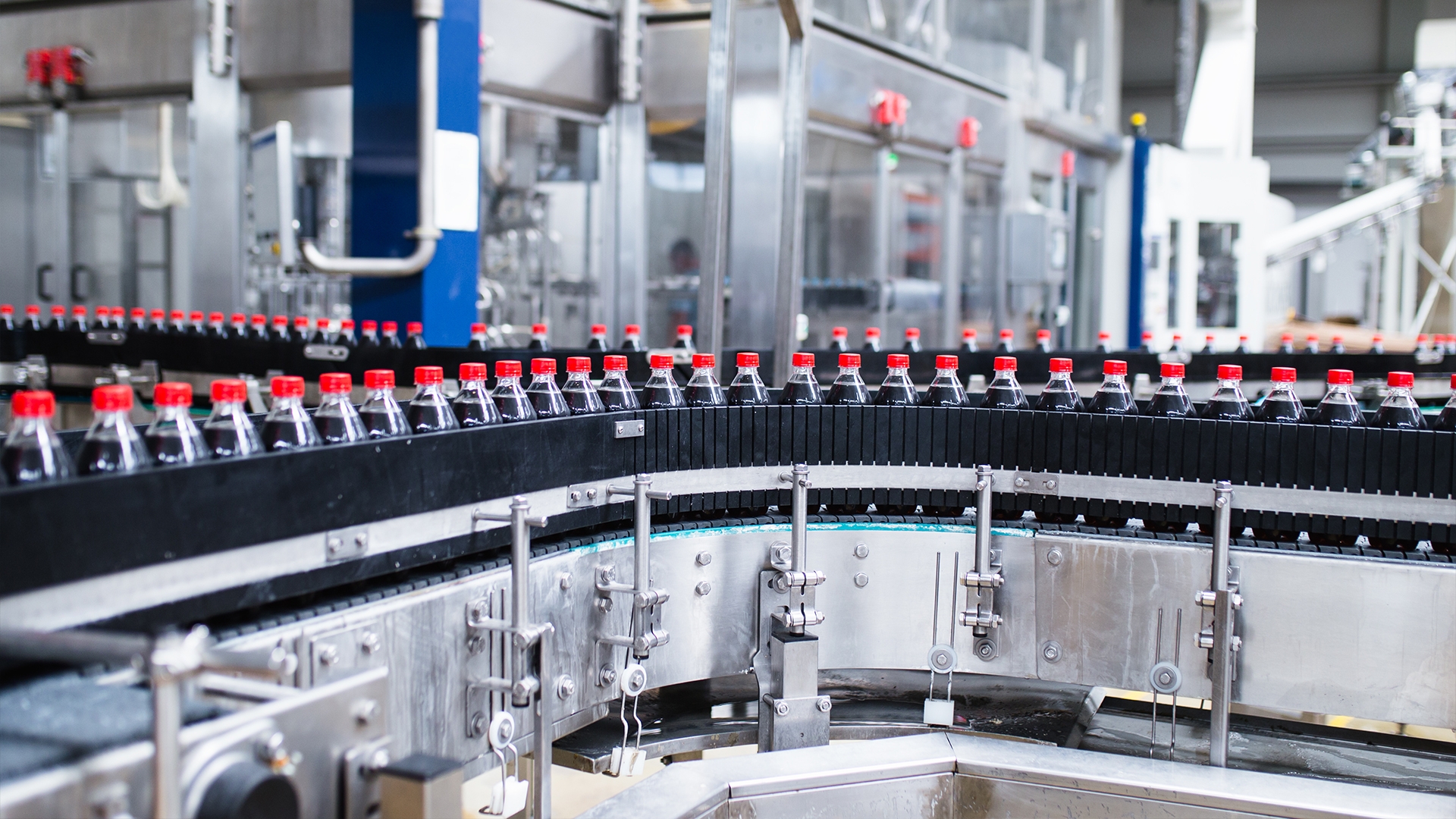The New Industrial Revolution Is Upon Us: Are You Ready?
By embracing digitalization, industrial operators have the opportunity to shape a more sustainable and profitable future.
In this time of global uncertainty, carbon-intensive industries have the chance to adapt their operations to reduce emissions and the disruptions that climate change is expected to bring. It’s time for industries to tap into collective intelligence, which requires businesses to take charge of their data and collaborate with partners along the value chain to make resource-efficient, planet-first decisions that account for the full life cycle of the products they manufacture.
What is the new Industrial Revolution?
One long-term answer to today’s fuel crisis and the climate emergency is to replace fossil fuel supplies with renewable sources. However, BloombergNEF research shows that in 2050, even with sharp cost declines, low-carbon sources will remain more expensive in the production of high-value chemicals. To meet challenges in the near term, industries need to become more productive, efficient, sustainable and resilient. Innovative digital technologies are a big part of the solution for both long- and short-term scenarios.
Currently, production sectors are responsible for around 20% of global carbon emissions and 38% of the world’s energy use. Adding to the challenge, only 13% of global waste is recycled. The global energy landscape has been greatly reshaped by the war in Ukraine, which has prompted governments and businesses to reduce their dependence on Russian fossil fuels. At the same time, consumers are increasingly demanding sustainably designed and manufactured products. All these factors are catalyzing a new Industrial Revolution that prioritizes digital transformation, decarbonization, circularity and resource efficiency along the entire value chain.
Rethinking business
To keep pace with the demands of the new Industrial Revolution, companies must transform their ways of working to incorporate sustainability as a vital component of business performance—taking a systematic approach and rethinking business-as-usual to meet the highest standards of sustainable output.
“We know that 80% of a product’s environmental impact is determined during the design phase. Those who are not adapting their business models, and their perception, to include sustainability are at risk of being left behind,” says Eryn Devola, Vice President of Sustainability at Siemens Digital Industries. “We see this happening in both the capital markets and in consumer behavior. Sustainable products are driving a premium, and the impact of products on the environment is becoming more and more important to both investors and customers.”
The massive, market-changing advantages of a high-powered, fuel-efficient and cleaner V8 diesel outboard engine are obvious to salmon farmers in the Norwegian fjords or islanders in the Maldives, who drive Zodiac boats to work. For Cox Marine, these advantages are front of mind. The company claims that its engines are 25 times more fuel-efficient and last three times longer than comparable models. But Cox Marine’s focus isn’t just to boost engine efficiency; the company also reinvented its service model to equip its network of over 200 dealers in 100 markets with cloud-based data analytics services that review engine performance and run real-time maintenance, which leads to revenue savings. Cox Marine has invested in scalable IT systems, including an end-to-end digitalized design and development process to match its growth.
As another example of holistic manufacturing design, a new production facility recently presented an opportunity for Spanish mattress manufacturer Pikolin to reimagine the way it operates. The company has redesigned its plants and processes to improve its performance, lower its environmental impact and meet energy management ISO standards, and its state-of-the-art Zaragoza plant opened in 2017.
Pikolin Group is the second-largest European firm in the bedding industry, employing more than 3,000 people and generating an annual turnover of $453 million. With a very large output volume, the company wanted to take charge of its processes by implementing a scalable digital solution to manage its production and energy use. Pikolin implemented a vertically integrated production chain to streamline engineering while maintaining resource efficiency during operations and maintenance.
Having digitalized its operations, Pikolin now has access to 30,000 data points that provide complete transparency and data integration, which has allowed the company to move away from time-consuming and less reliable manual readings to track consumption data. As a result, the company’s Zaragoza factory has set a benchmark, improving performance by 30% while consuming 40% less natural gas.

Setting benchmarks for the “next normal” in manufacturing requires integrating cutting-edge technologies to manage complex ecosystems throughout every stage of the product value chain. “Businesses must extend their focus outside the parameters of their front or back doors and look into the supply chain, the use phase and then, ultimately, the end of life into the next life for products,” says Devola.
According to global carbon disclosure nonprofit CDP, supply chain emissions are, on average, 11.4 times higher than operational emissions. To decarbonize, companies need to aim for carbon-neutral operations within and beyond their businesses. As a first step, businesses need to measure their products’ total greenhouse gas emissions, also known as a product carbon footprint (PCF).
Calculating this accurately has been a longstanding challenge due to supply chain complexities and a lack of data transparency. A 2021 BCG study showed that over 90% of companies fail to accurately measure emissions; over half acknowledged an error rate of up to 40% in their calculations, and 66% omitted emissions data from their suppliers and customers. The study revealed a market need for tools to accurately calculate PCFs and predict future emissions, which requires collating and analyzing reliable data on the materials, components and processes involved in the supply, manufacture and distribution of products. Linking all the complex pieces of their business together to create transparency helps a company become a digital enterprise—“turning terabytes of data into disclosure, and disclosure into decisions and improvements,” Devola explains.
In 2021, Siemens launched a PCF management system to tackle these challenges. It aggregates emissions data gathered where the emissions originate across the value chain to present a dynamic carbon footprint, which allows industry operators to quantify improvements and verify emissions data against established standards, and provides the basis for data-driven decarbonization measures. The system affords partners in the value chain full control over their data, so they can share essential metrics through secure peer-to-peer communications while keeping confidential information about their processes private.

Turning data into decisions
Once businesses have access to comprehensive data, a new challenge may emerge as industries find ways to balance holistic sustainability indicators. “It’s not all about reducing carbon,” Devola says. “Once you have all the data, you may need to adjust different elements of the production cycle to get that balance right, whether it’s about using fewer materials or recyclable content, or less water. It doesn’t end with carbon.”
Data-driven decision-making relies on robust and reliable data and tools to optimize operations, reduce risk, increase agility and eliminate waste. For industrial operators, speed and efficiency don’t have to come at the cost of sustainability, and today’s resource and energy management systems can help analyze and optimize usage to meet sustainability and performance needs.
As an example, Coca-Cola’s plant in Edelstal, Austria is the world’s fastest beverage production line, filling a record 45,000 glass bottles per hour, or 12 bottles per second. The line is also energy- and water-efficient, using air instead of water to clean bottles before filling. The plant monitors its energy usage with an enterprise-wide energy management system that determines the exact resource consumption and cost of each product and allows all employees to create their own dashboards and monitor efficiencies and KPIs in real time. As a result, the plant recorded a 50% CO2 reduction from 2010 to 2019.
In addition to full transparency, energy management systems enable industries to improve system maintenance and prevent energy losses due to waste and leaks.

Tapping into collective intelligence
Real-time monitoring and complementary technologies like artificial intelligence (AI) and the Internet of Things (IoT) help industries continuously improve efficiencies.
“If you don’t have all the information about what your options are to make resource-efficient decisions at the beginning, you will likely wind up in a situation where you’ve optimized in a very limited way,” Devola explains. “It’s really about extending your focus to grab more information, and to turn that information into intelligence to make global optimizations along the entire value chain, rather than just local optimizations.”
Tapping into collective intelligence can bring a vast number of discrete data points and disconnected stakeholders together to solve a common challenge. For example, Yorkshire Water, in England, has partnered with Siemens and the University of Sheffield to enhance the UK’s water security through collective intelligence.
The UK’s water supply comes from 474 lakes, reservoirs and rivers and an additional 2,259 underground sources. Water is piped into homes, offices and factories through a network that also transports wastewater into treatment plants, and during heavy rainfall, these sewer networks could potentially overflow, leading to the risk of pollutants like stormwater runoff and household sewage seeping into waterways. Using AI and IoT technology, this collaboration led to the creation of a smarter sewer system along Yorkshire Water’s 55,000 km network that locates blockages before spills develop, cutting down pollution by 50%.
The smart system has around 2,000 sensors that monitor sewage levels and alert the company when flooding occurs, and it also predicts the most likely points in the network where blockages could develop, so they can be prevented altogether. The system has found 88% of the issues known to exist across 70 sites, alerting staff of potential issues up to two weeks in advance. By collaborating with Siemens and the University of Sheffield, Yorkshire Water successfully deployed and replicated the system throughout its network. This use case is a blueprint for the deployment of such systems in other areas that face similar challenges.
Transitioning to a resource-efficient model will not happen overnight, but this transformation is increasingly urgent for industries amid climate change and stakeholder demands, and as global energy prices continue to squeeze economies. By gaining data transparency, integrating the right technology and collaborating with complementary partners, industries can take charge of their operations to sharpen their competitive edge, meet their sustainability commitments and achieve tangible results.
